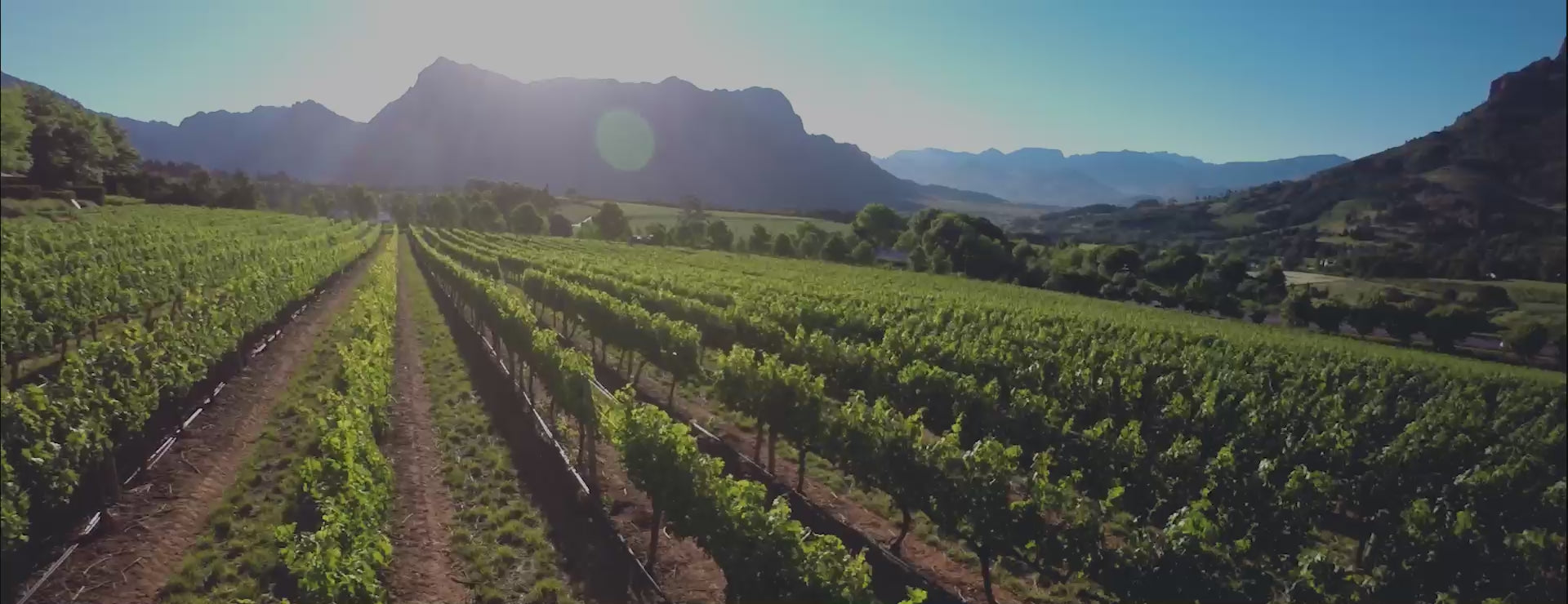
Our vineyards
The García-Carrión agricultural tradition dates back several centuries, as the family's ancestors owned vineyards, produced their own grapes, and sold the wine from their own winery. The origins of the García-Carrión revolution lie in Jumilla. More than 130 years later, the family is present throughout Spain, but the essence remains the same: their connection to the land, respect for the environment, and care for the surroundings.
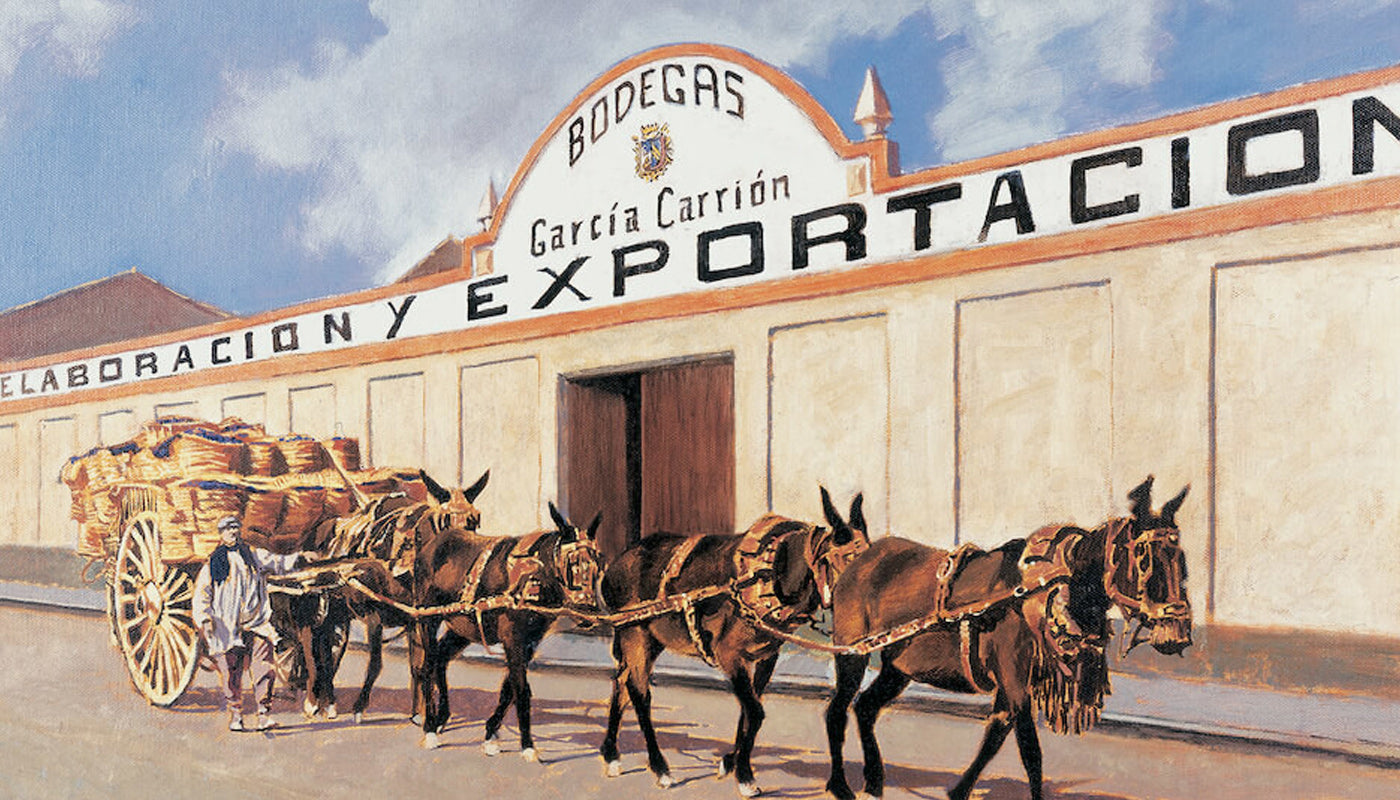
The seed of the revolution
WINERIES 1890
Bodegas 1890 (Jumilla, Murcia), built by the first generation to respond to the increase in demand caused by the phylloxera crisis in France, owes its name to the year the family business was founded.
Their wines are the fruit of the effort and labor of several generations who, over the years, have passed on the most appropriate cultural practices and, in turn, adapted the best grape varieties to the lands of Jumilla, an area privileged by its contrasting mountains and valleys. Thus, these wineries are the greatest exponent of the García-Carrión revolution and the starting point of the history of a great company, of a great family.
The careful winemaking process at these wineries preserves the wine's natural quality and enhances it throughout the fermentation process. The wine is aged in American and French oak barrels.
The predominant variety is Monastrell, a noble variety well adapted to the limited rainfall, of exceptional quality, concentrated in tannins and polyphenols. Along with this traditional variety, Garcia-Carrión has cultivated other highly prestigious varieties, such as Tempranillo, Cabernet Sauvignon, Syrah, and Merlot.
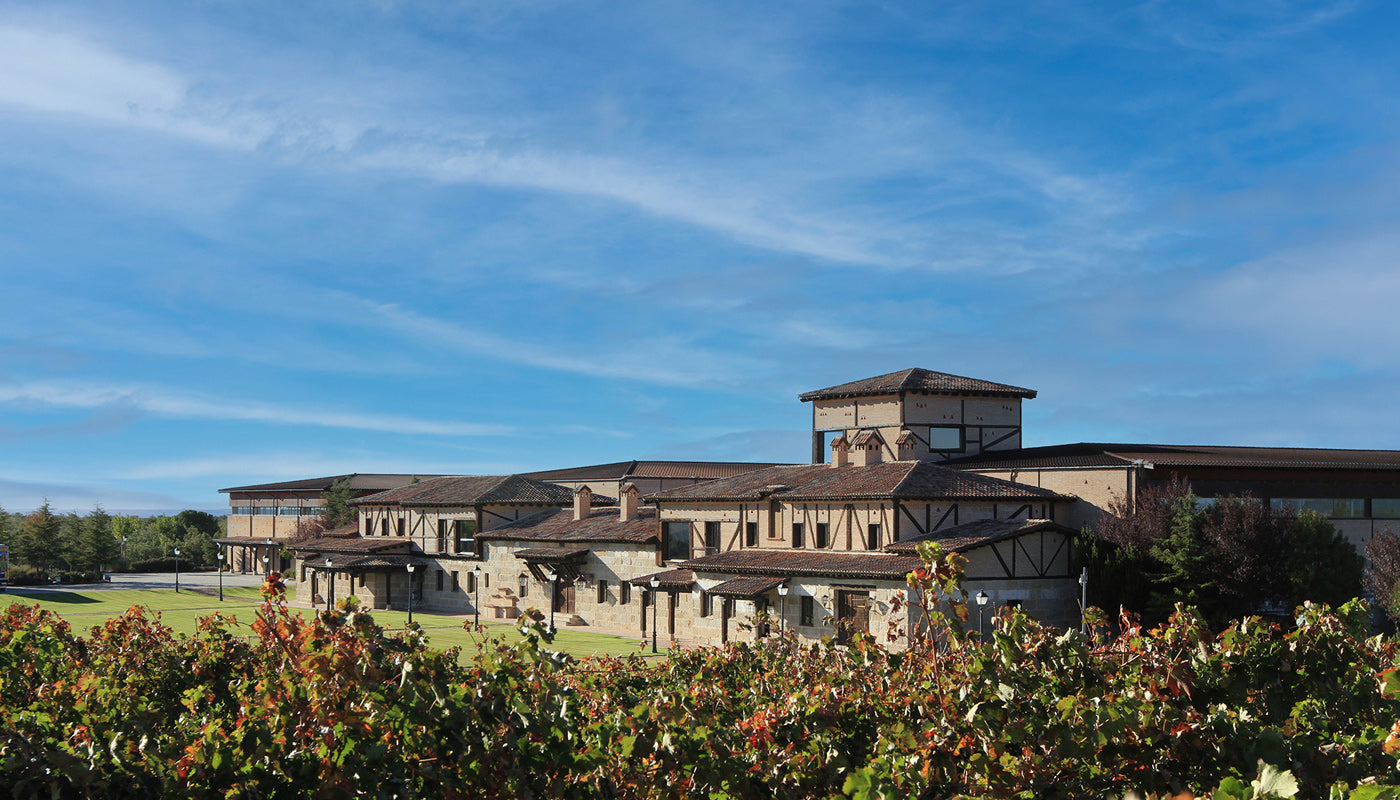
A window to history. A sea of vineyards.
ARNÁIZ VINEYARD
García-Carrión began building his Viña Arnáiz winery (Haza, Burgos) in 2000, when he began producing wines under the Ribera del Duero Designation of Origin. This winery, built by the renowned architect Manuel de la Torre using reclaimed materials, is a prime example of the family business's commitment to sustainability and environmental stewardship.
Located in a strategic enclave, it was once a fortress belonging to Juana de Haza, a Castilian noblewoman who began planting vineyards at the foot of her fortress. These vineyards gradually expanded, and its fame grew throughout the region for its extraordinary quality.
Viña Arnáiz combines cutting-edge technology with respect for traditional systems. It combines viticulture 4.0 with traditional winemaking methods to offer quality wines under one of the most prestigious designations of origin.
Its 20,000 m2 horseshoe-shaped winery has capacity for 1,000 bottles and almost 6,000 barrels for storing Tempranillo (Tinta del País) grape wine, a common denominator in the vineyards of the Ribera del Duero region.
Furthermore, this winery also covers the Rueda and Toro appellations, historic wine-producing areas where it imbues its whites and reds with excellent character and quality.
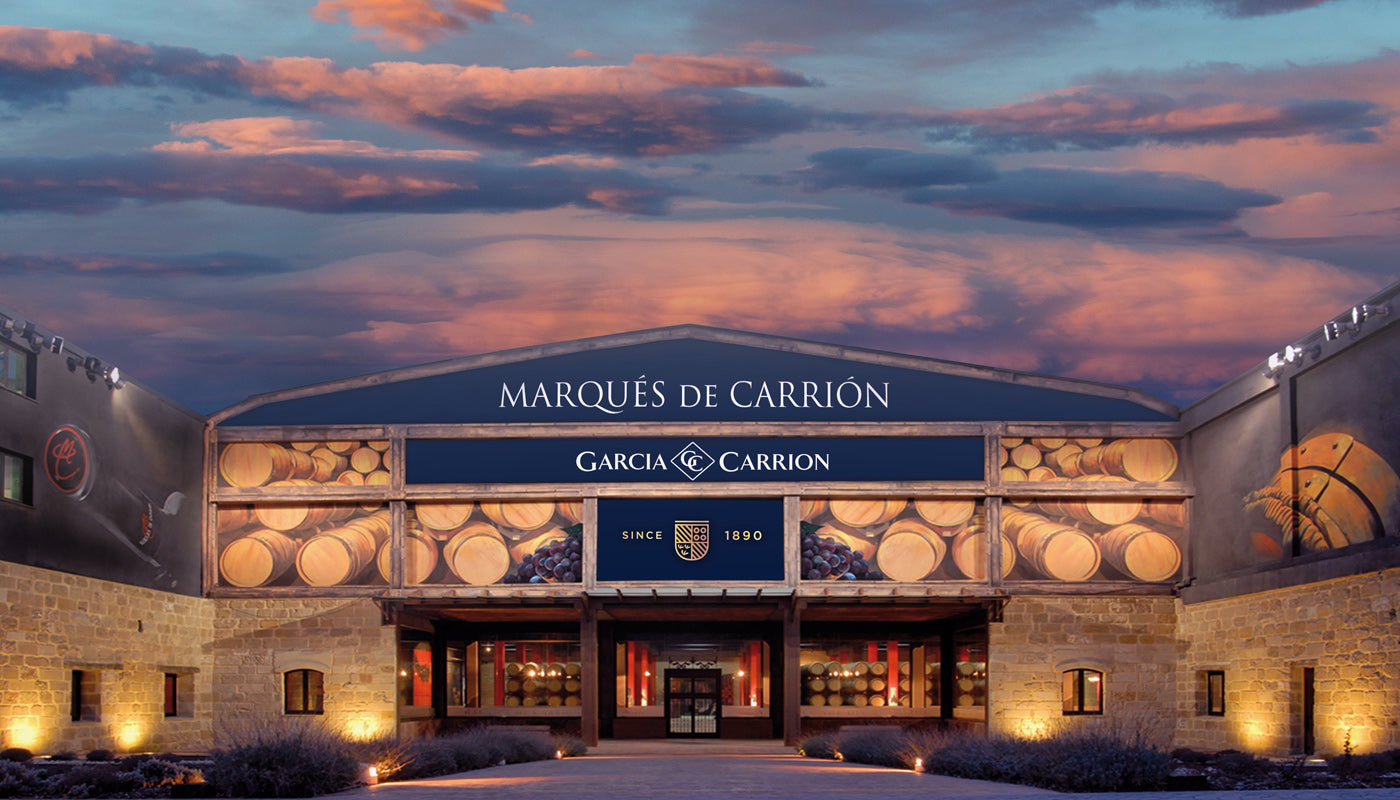
Art turned into wine
Marquis of Carrión
The vineyards of La Rioja are one of the greatest exponents of wine quality in our country, internationally recognized and appreciated throughout the world. García-Carrión has two wineries in this region with a long winemaking tradition.
There, they cultivate four red grape varieties and three white varieties to produce prestigious wines under this designation. The wineries cover a total of 55,000 square meters, housing a production capacity of 30 million liters, state-of-the-art winemaking technology, and a stock of 25,000 French and American barrels.
Marqués de Carrión Winery (Labastida)
In 2006, García-Carrión acquired his Marqués de Carrión winery (Labastida, La Rioja) in a region with a significant winemaking tradition. This winery boasts over 15,000 square meters of built area, combining the latest technology with the utmost respect for winemaking tradition.
This historic Labastida winery also features the avant-garde Museum of Illusions, designed by renowned artist Jull Dziamski, which transforms the winery into a space for wine culture and the visual arts.
Major wine brands such as Marqués de Carrión and Antaño have established themselves at this winery.
Marqués de Carrión Winery (Haro)
A decade later, in 2016, García-Carrión acquired another winery in La Rioja, this time in the heart of the historic town of Haro. This winery, originally founded in 1896, was once visited by numerous celebrities, including the bullfighter Antonio Ordóñez, the Count of the Andes, and the American writer Ernest Hemingway, a self-proclaimed lover of the wines from this historic appellation.
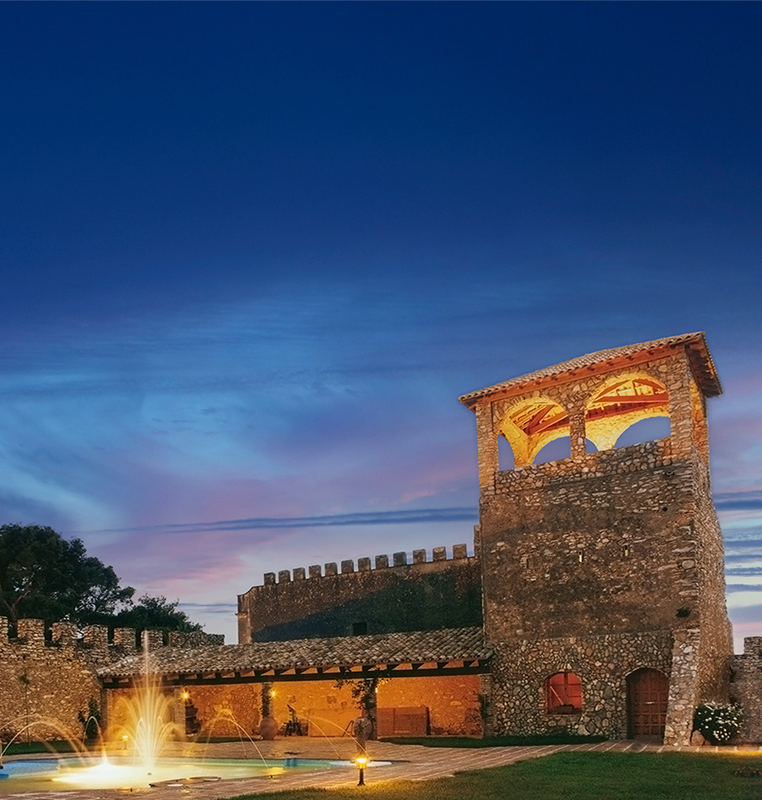
The only wine cellar that overlooks the sea
Jaume Serra
In 1997, García-Carrión acquired Jaume Serra (Vilanova i la Geltrú, Barcelona), located atop a hill that gently slopes toward the Mediterranean Sea. The origins of this winery date back to 1647, when a fortress-like farmhouse known as El Padruell was built. This would later become the Jaume Serra winery, a place where vineyards and sea merge into one.
With this acquisition, the family wines project was born, which consists of grouping together different designations of origin.
The winery, surrounded by a 125-hectare estate of vineyards growing Cabernet Sauvignon, Merlot, Tempranillo, and Chardonnay grape varieties, harmonizes innovation and tradition within its interior. Through the most modern production and aging systems, it has a production capacity of 6 million kg of grapes, and a capacity of 20 million bottles of wine per year and 60 million bottles of cava.
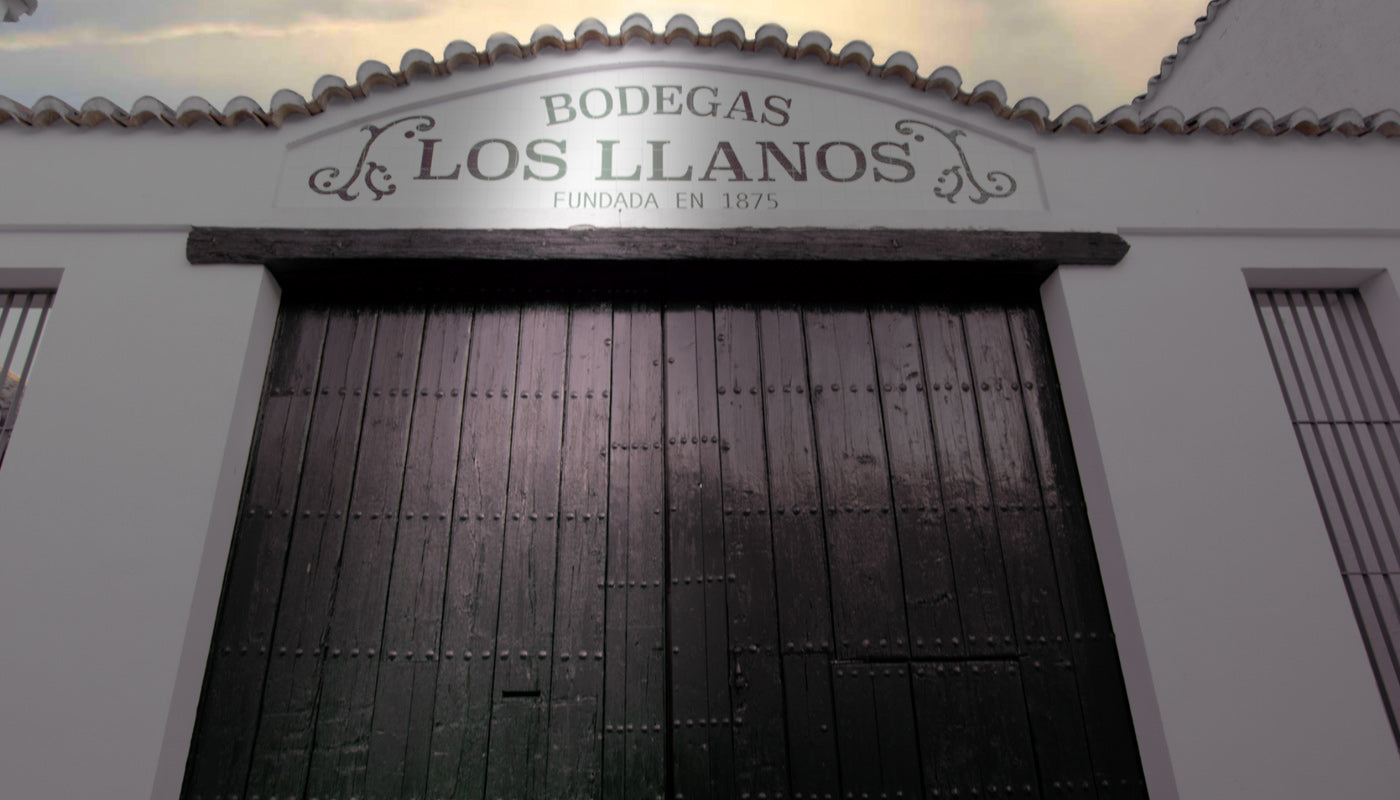
The cave of art
LOS LLANOS WINERIES
In 2007, García-Carrión acquired Bodegas Los Llanos (Valdepeñas, Ciudad Real), where he produces his wines under the Valdepeñas Designation of Origin. The acquisition of this winery marked a significant milestone: the consolidation of García-Carrión as a market leader in Spanish wine. This winery boasts one of the largest underground caves in Spain, the Cueva del Arte .
This name comes from the caves' origin, which was established in 1977. The magnitude of these caves, as well as the silence and darkness in which the winery's wines are made, left no one indifferent. Anyone who visited these caves could easily discover the dedication, care, and care with which the master coopers and winemakers treated their wines, such as Señorío de los Llanos or Pata Negra.
The phrase "There's so much art here" began to be a recurring theme among those who visited the cave. So, in 1997, the decision was made to go one step further, naming the iconic Sara Montiel as the godmother of the art cave.
These caves unite the art of Valdepeñas and the art of wine. For this reason, it was traditional to hold a sociocultural event every December to taste the new wine and read poetry. Later, some of the streets of the Cave of Art were dedicated to illustrious figures of the time. Among them were Juan Alcaide Sánchez, poet; Gregorio Prieto Muñoz, painter and draftsman; Emilio Ruiz Parra, poet; and Cecilio Muñoz Fillol, veterinarian and humanist.
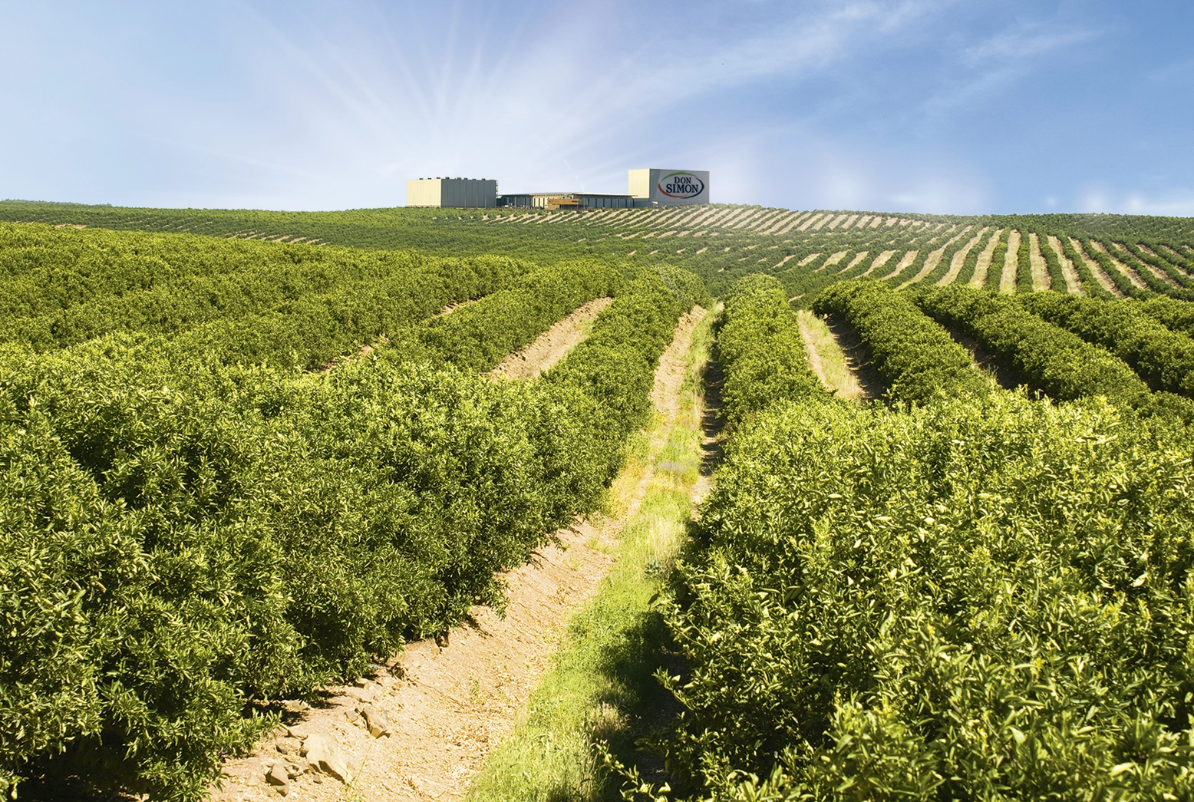
The largest vineyard in the world
GLOBAL WINERY LA MANCHA
García-Carrión has been producing wines for over 100 years in Castilla-La Mancha, the world's largest vineyard, with over 500,000 hectares under cultivation. The family business's greatest dream was to have a winery in this magnificent region, where they could produce excellent quality wines, combining the finest grapes and using the most advanced technologies.
That's why he built his Global Winery in Daimiel, where wines under the La Mancha Designation of Origin, such as Don Luciano and Pata Negra, are produced. Daimiel is also a strategic logistics center for García-Carrión, with facilities covering more than 250,000 m2, accommodating an annual production of 250 million liters of wine and 40 million liters of sparkling wine.
Furthermore, the family has extensive experience in this region collaborating with cooperatives in various areas.
